12 Smart Tips for Living in a Small Space
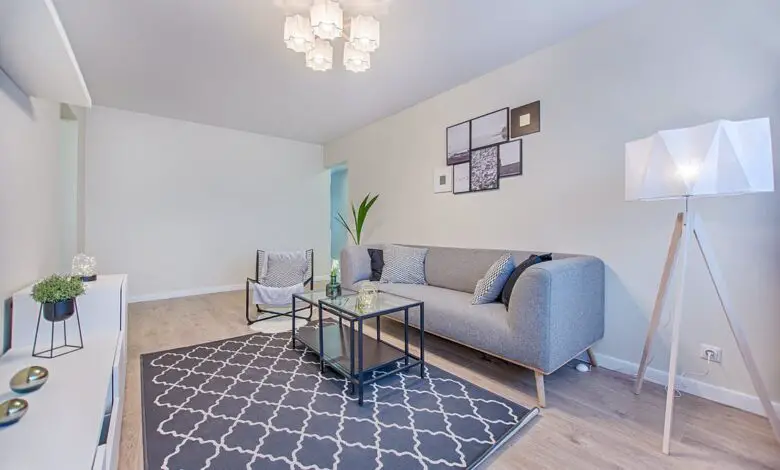
Thanks to the rise in popularity of sustainable and low-waste lifestyles, we see an emerging trend of micro-homes and apartment living. This generation of young adults is veering against large suburban houses and deciding that smaller spaces are their dream homes. There are many advantages to living small. For one, it’s much cheaper to buy a smaller house. Utilities will likely be cheaper as well. Another advantage is that smaller homes are less fussy and easier to maintain. Additionally, it forces you to get accustomed to a simpler and more prudent lifestyle. A small space means you can’t hoard items, and since messes are more obvious in a smaller house, you become used to being more organized to maintain cleanliness at all times.
If all this sounds appealing to you, but you don’t know how to go about living in a small space, we’ve written down a few foolproof tips to get you started.
1. Switch to smaller furniture
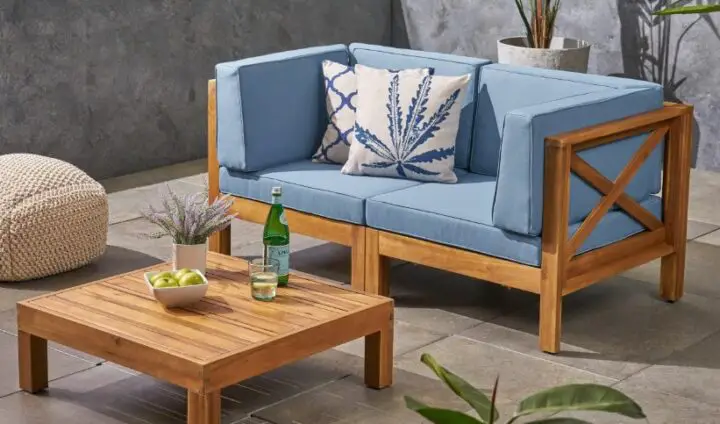
Companies are aware of the growing preference for tiny living, so they often have a line of products made specifically to cater to smaller houses. They have a wide variety of tubs for small bathrooms. For the bedroom, a largely Japanese custom that is gaining traction all over the world is the use of futons, a mattress that can be easily rolled up and put away when not in use. This eliminates the need for a bedframe and frees up more space during the day.
2. Embrace multipurpose furniture
Multipurpose and foldable furniture are lifesavers for residents of small homes. Instead of being forced to choose between a shower cabin or a bathtub, you can choose among bathroom suites with shower baths that you can find at BathroomCity. You can also have clever furniture that doubles as storage spaces like a foldable desk or a hollow ottoman with a removable cushion.
3. Declutter
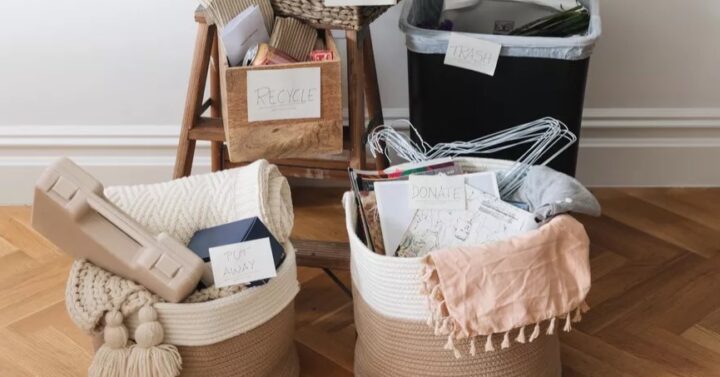
Living in a small house means you can’t afford to keep too many items. Go through your closets and rooms one at a time to make the process straightforward and organised. Discard old things and unnecessary documents. Throw or donate clothes that don’t fit you anymore. Toss out expired items like food and makeup. If you encounter items that you can’t bear to part with, assign them a specific space in your home so they aren’t scattered around. For example, if you have a collection of keychains from various trips, put them all in a box or pin them on a corkboard and display them in your room.
4. Use organisers
Storage boxes, baskets, food, containers, drawer dividers, etc. are all helpful in keeping a space neat. By ensuring everything has a proper place, you’ll be less likely to lose items and make a mess. Label each container so you know what the contents are to make it easier to find what you’re looking for. Another tip: stack boxes vertically. By doing this, you’ll free up more space and you might find that your closet had more space than you initially thought
5. Take advantage of vertical spaces
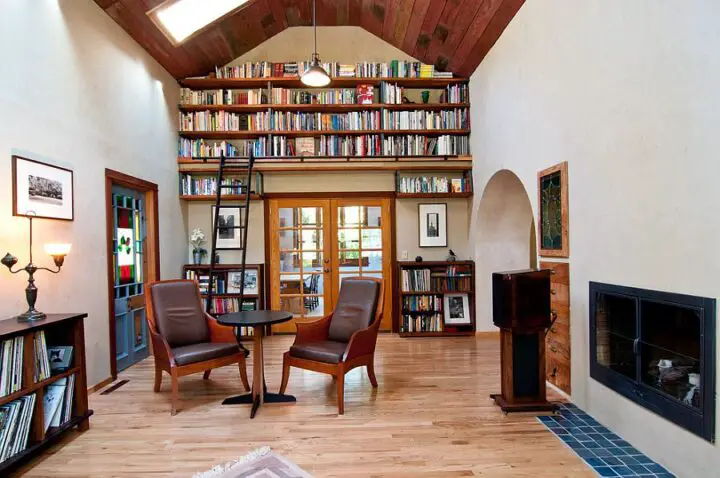
Smaller homes tend to have higher walls to make up for the smaller floor space, and you can take advantage of this by installing shelves to store more items. If you have books or small plants, you can prop them up on these shelves to add to the décor. Don’t go overboard with this, as overfilled walls can also look messy and crowded. You can also hang up your pots and cooking implements with wall hooks or install a drying rack over your sink to free up counter and cabinet space.
6. Use light colours for your walls
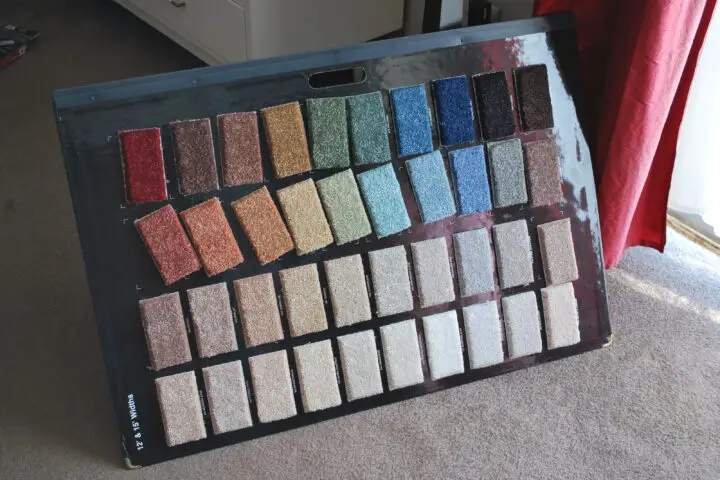
Plain, light-coloured walls make a room look bigger, which is what you want for small homes. Avoid wallpapers with loud designs as they will only add to the clutter.
7. Opt for larger windows
Light also adds to the illusion of a larger space, so install larger windows or buy an apartment that provides them. This is even better if there’s a gorgeous view outside. If the outside of your home or apartment is unsightly, install bright indoor lighting instead. Go for wall sconces and overhead lighting instead of floor lamps to free up precious floor space.
8. Choose a monochromatic colour scheme
Having a unified colour in your home is pleasant to the eye and keeps the space from looking cramped and cluttered. For large furniture like tables and sofas, stick with neutral colours so they’re easy to match with everything else in the house.
9. Expose more floor space
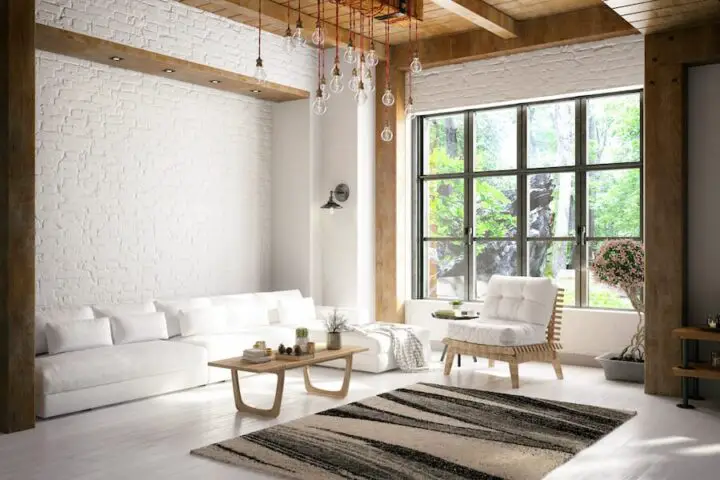
Another trick that contributes to the illusion of a larger space is to use furniture that doesn’t obscure the floor. Good examples of these are sleek sofas and tables with exposed legs. Slimmer furniture will take up less space than other styles and are great for opening up your space.
10. Use dividers
Some studio apartments don’t have walls to separate the space. If you want to create a distinction between your bedroom or office and the rest of the apartment, install a divider or a thick curtain.
11. Buy a door rack
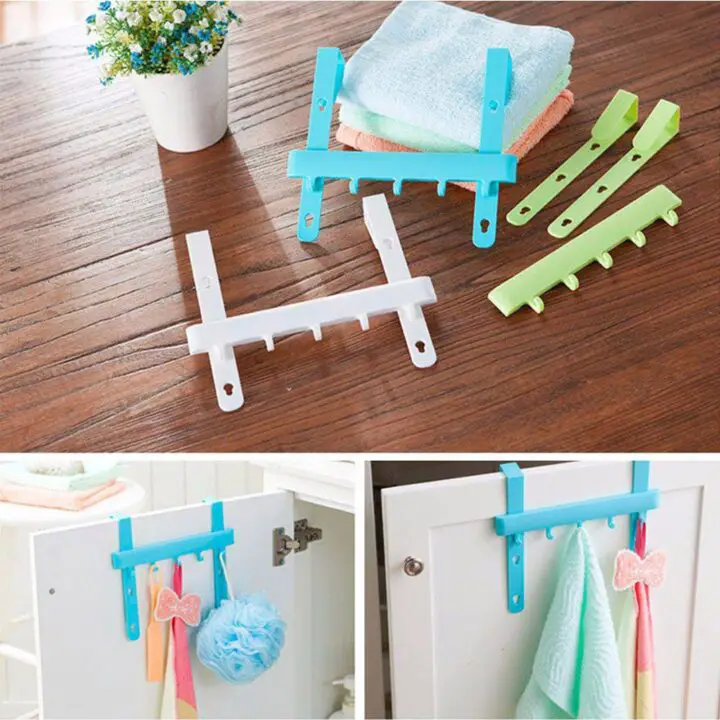
Closet and bathroom doors can be storage spaces too, thanks to door racks. You can use it to hang up towels, toiletries, or even shoes.
12. Adopt a “one in, one out” policy
One in, one out means that for every item you buy, you must throw or give away an item of similar purpose. This prevents you from accumulating clutter and is particularly effective on things like clothes and shoes. For example, if you bought a pair of jeans, you must find a pair of jeans in your closet that no longer fit you or you haven’t worn in a while. If you bought red heels, find a similar pair and toss them out or give them away.
Tiny living has many advantages, but it also requires discipline and sacrifice. It’s not a lifestyle that suits everyone. Before you go out and switch your two-story house for an apartment, consider first if you’re willing to make it work. If you have hoarding habits, or if you’re claustrophobic, then tiny living might not be for you.
